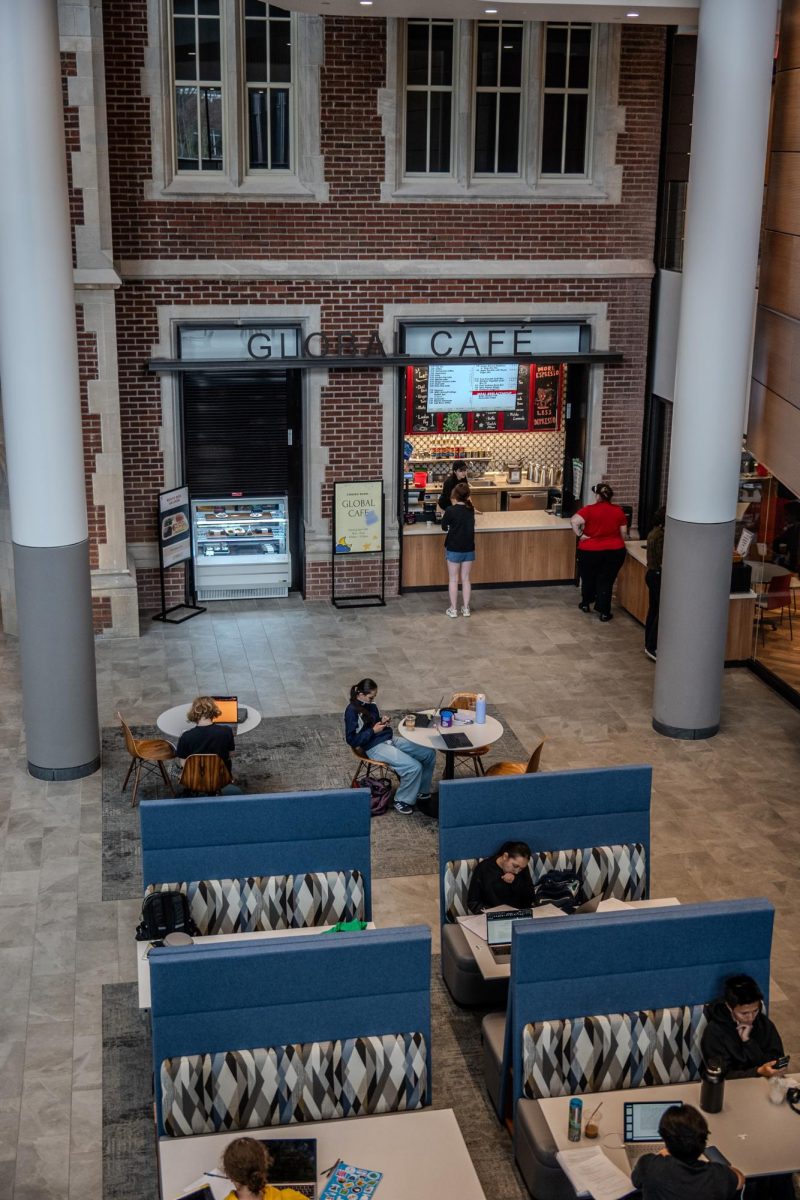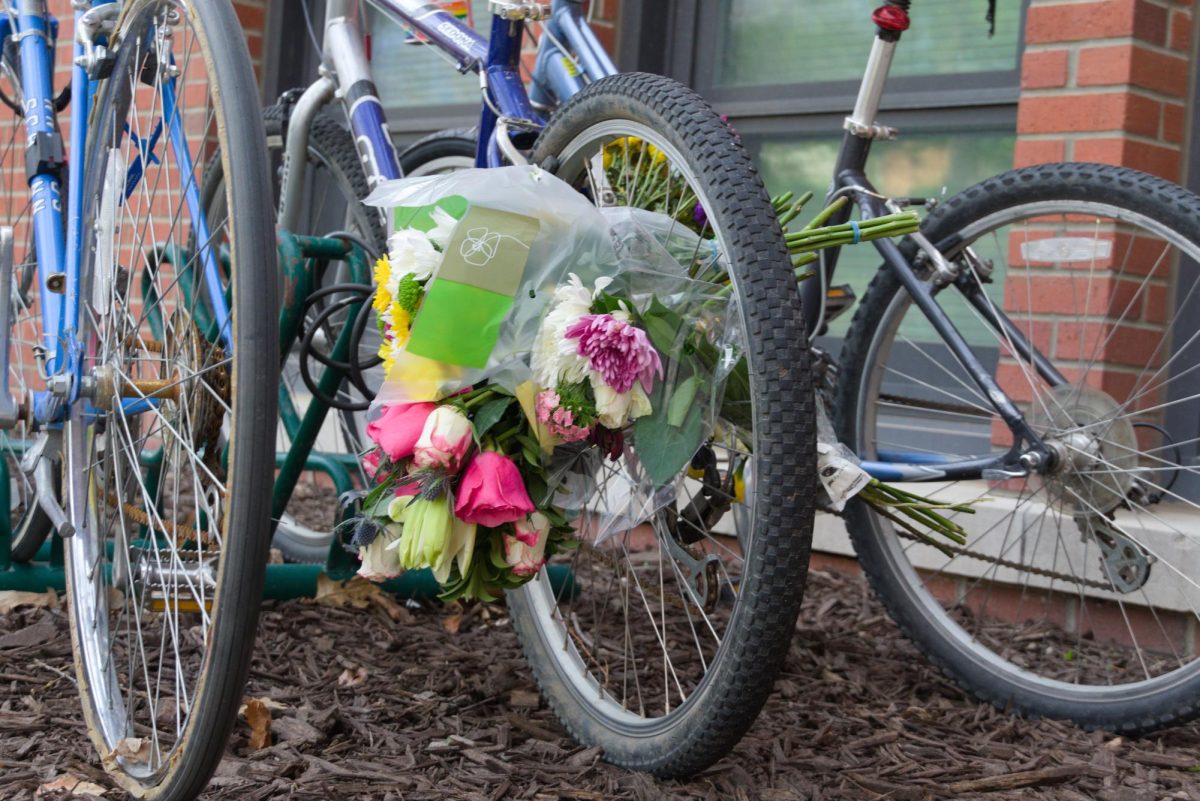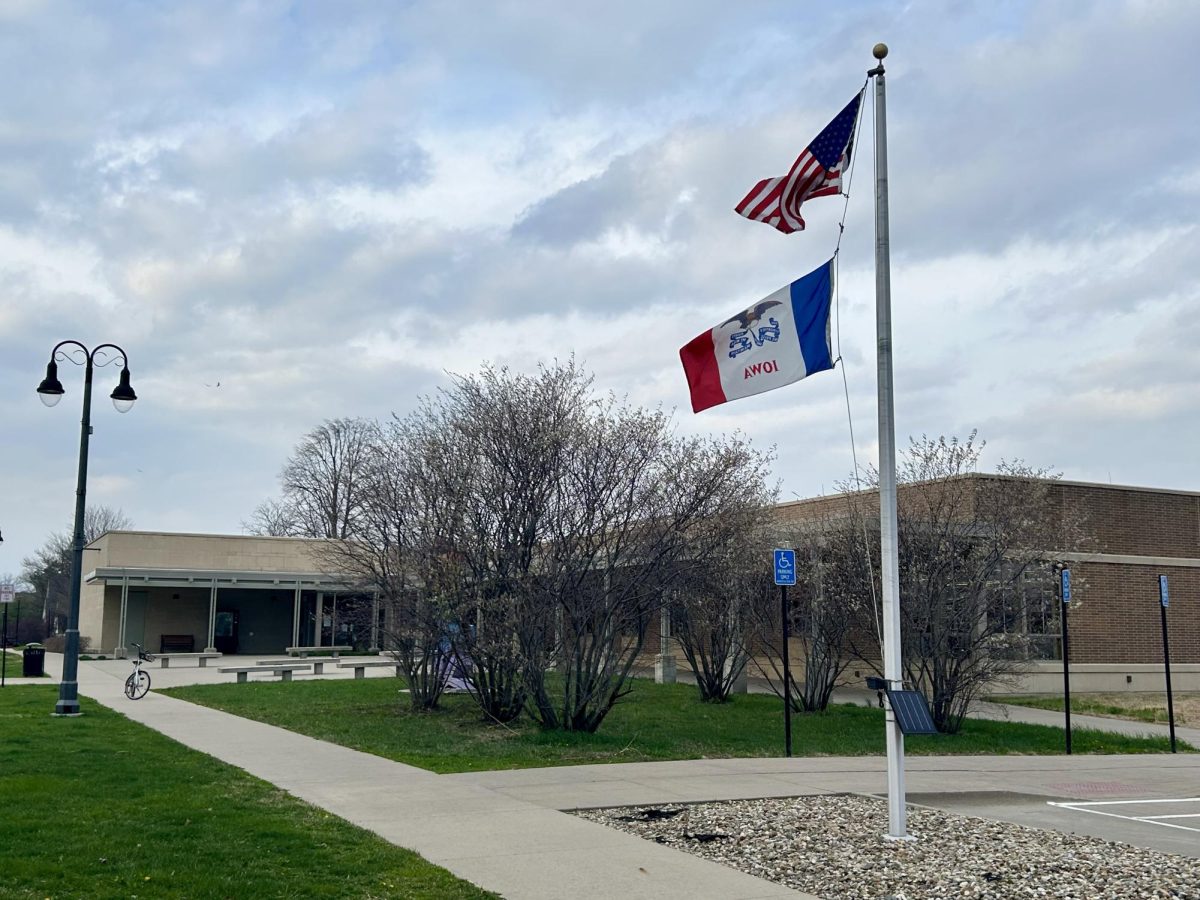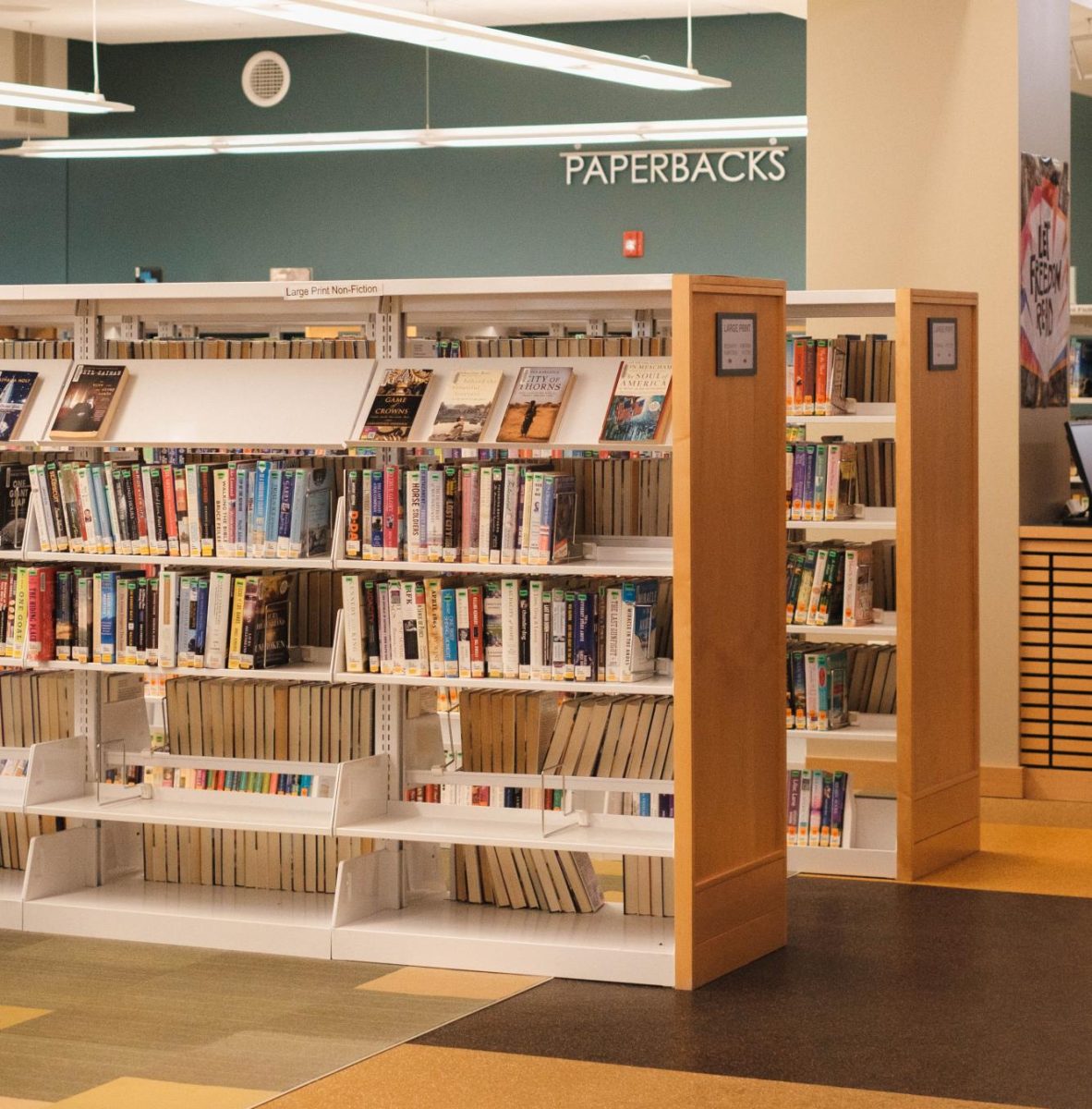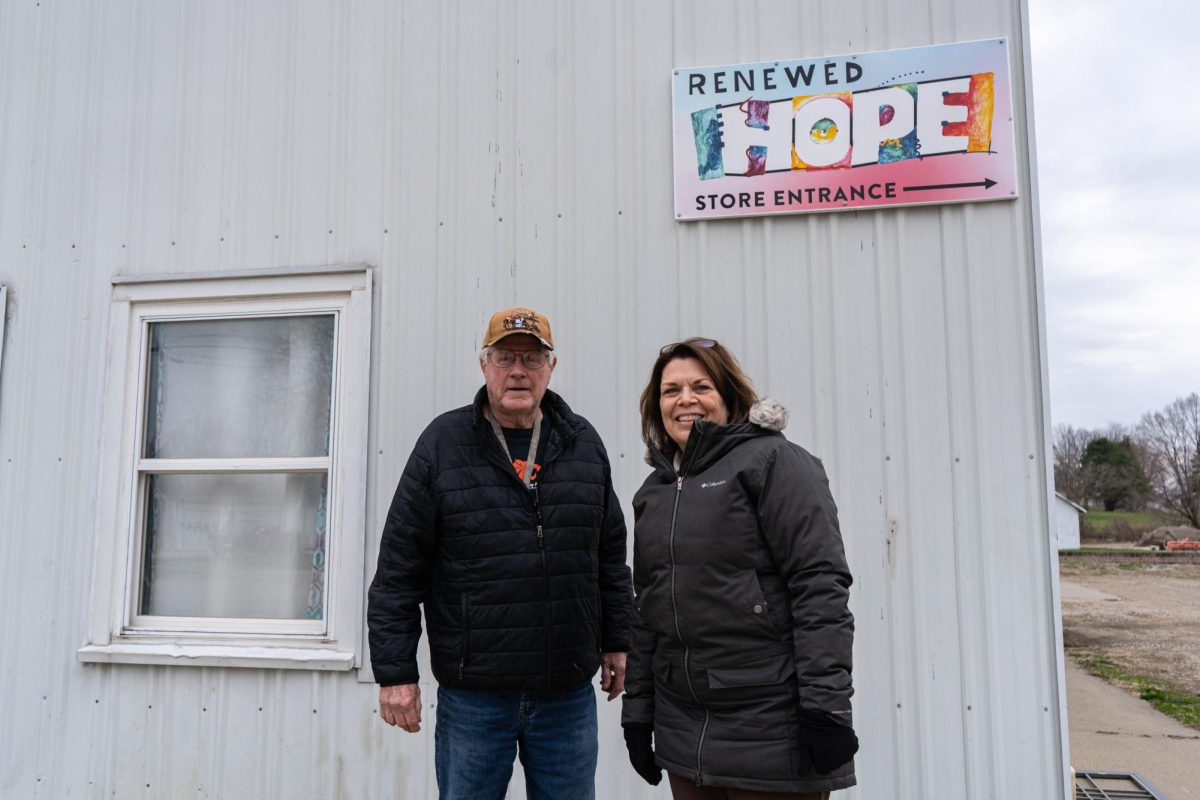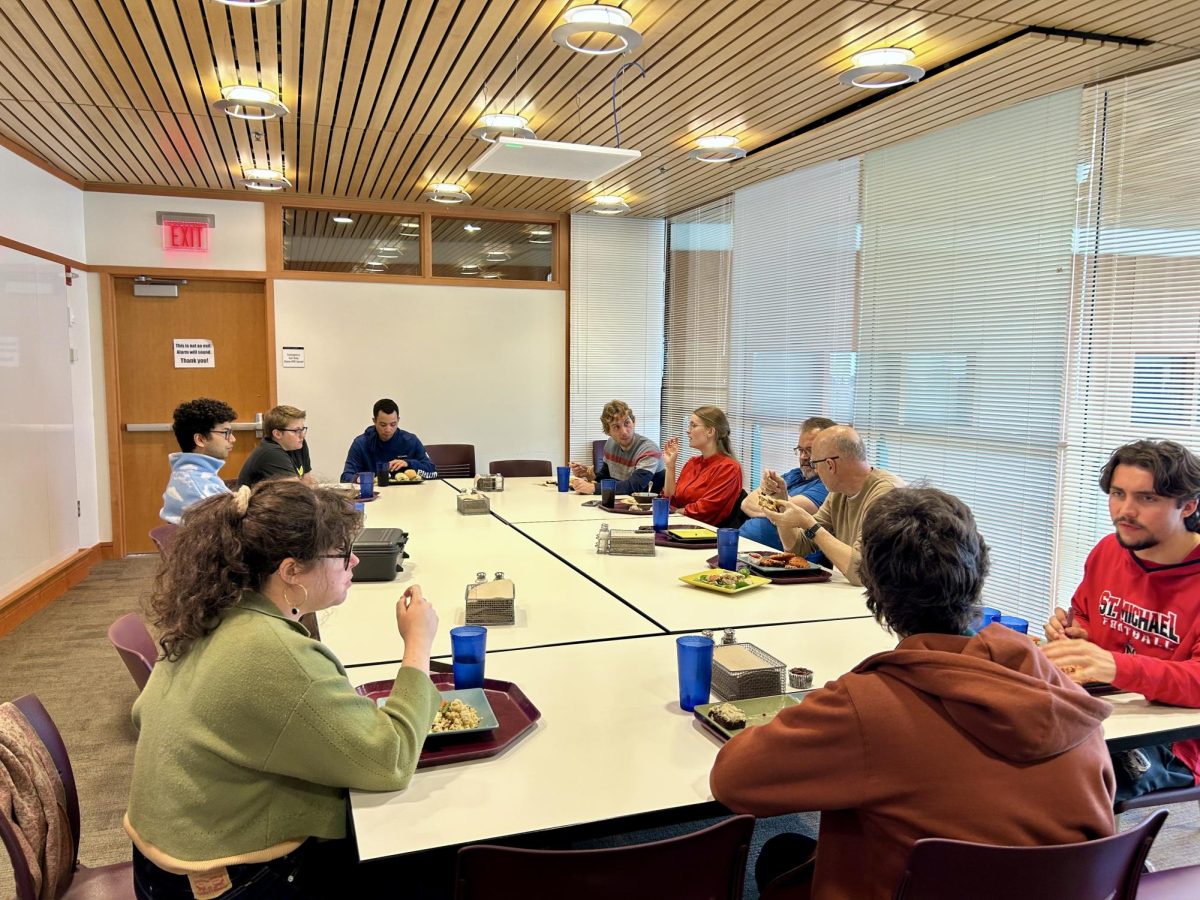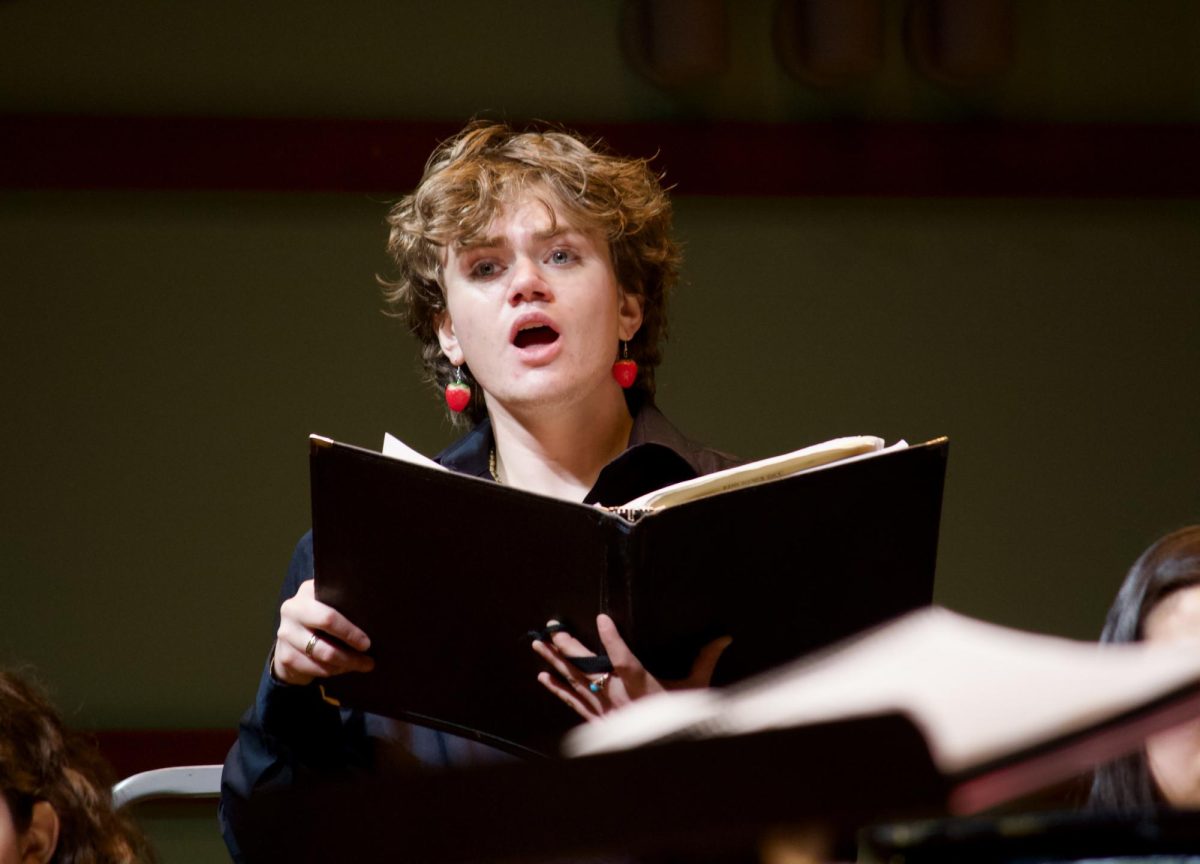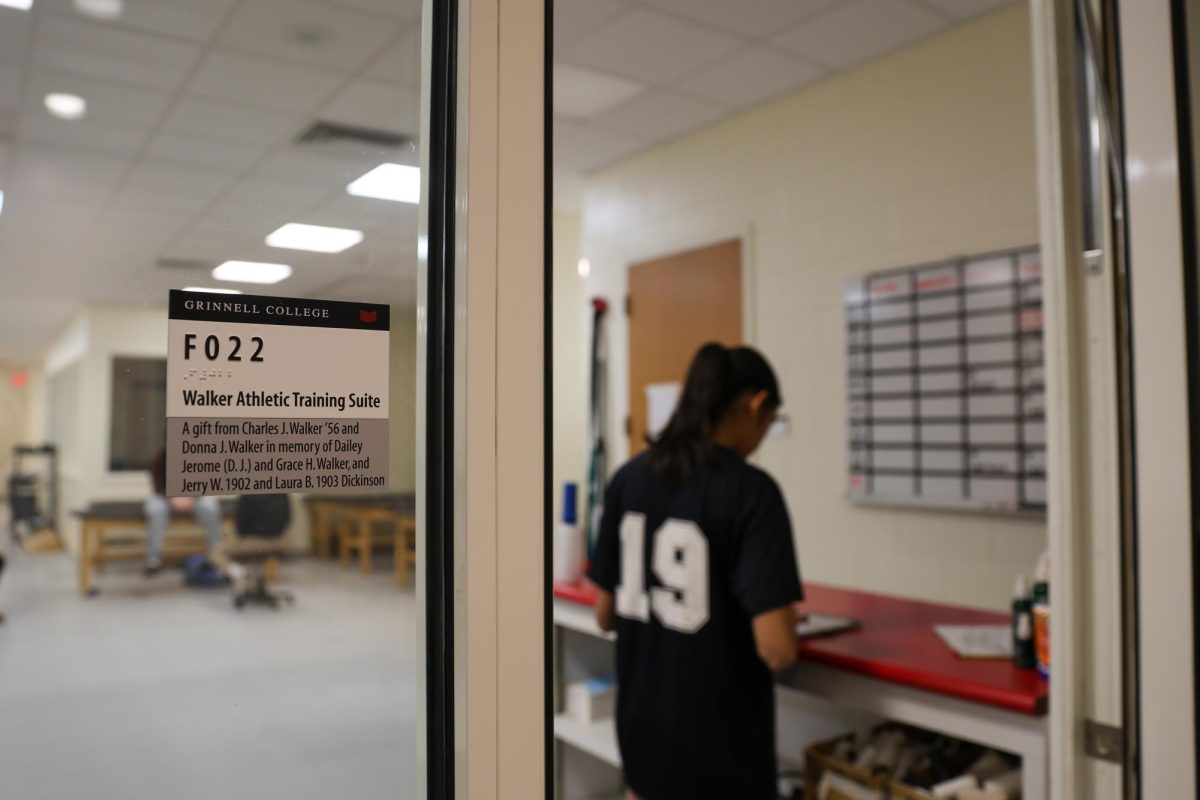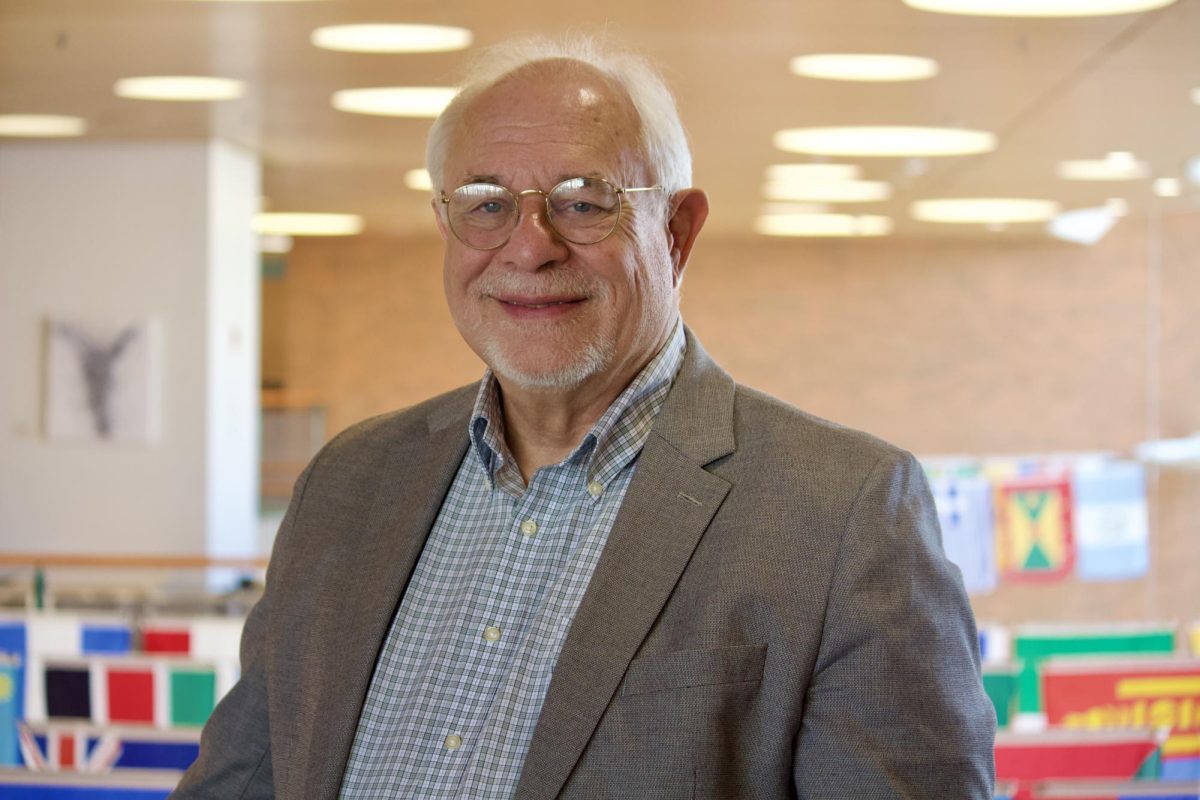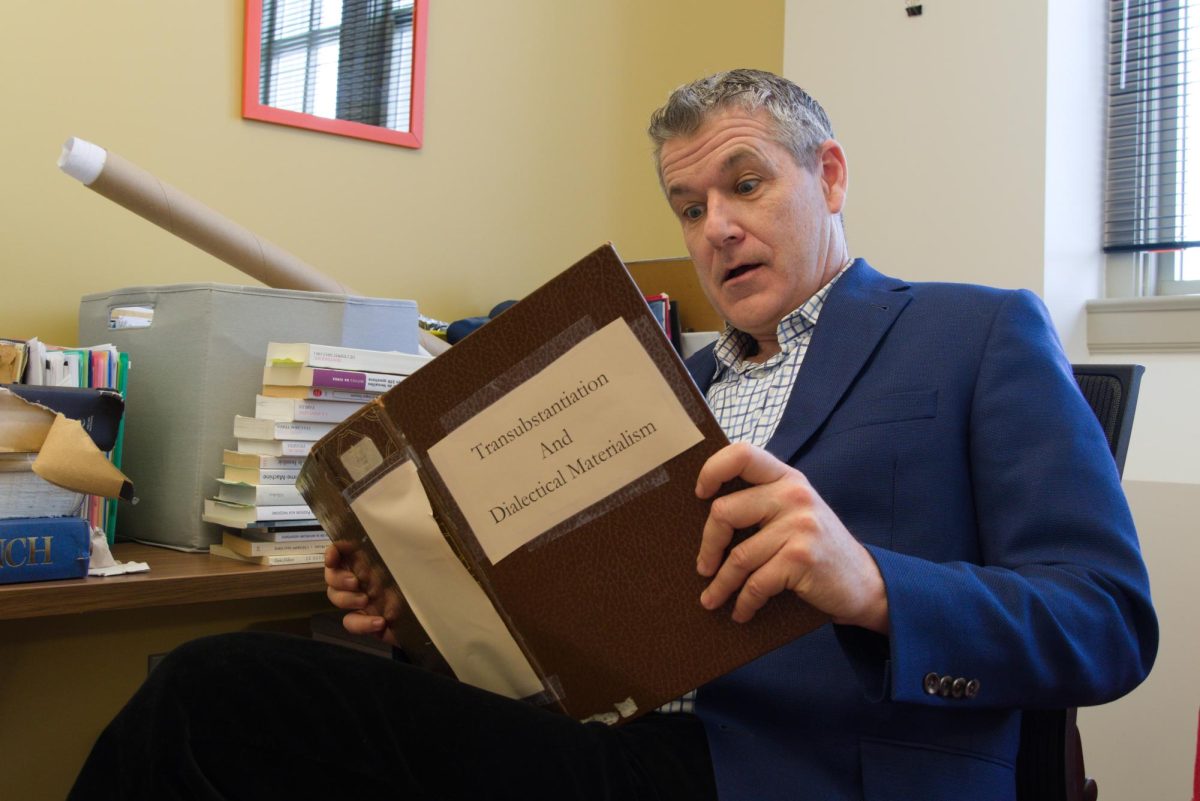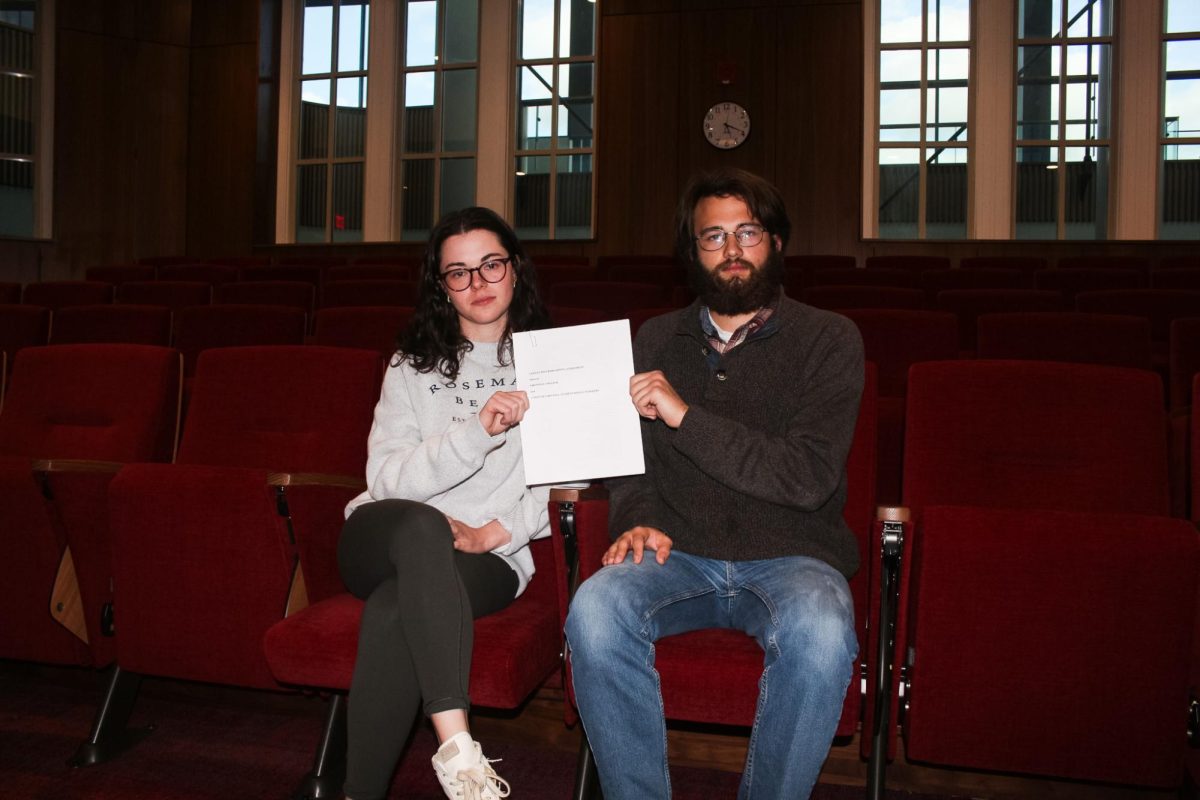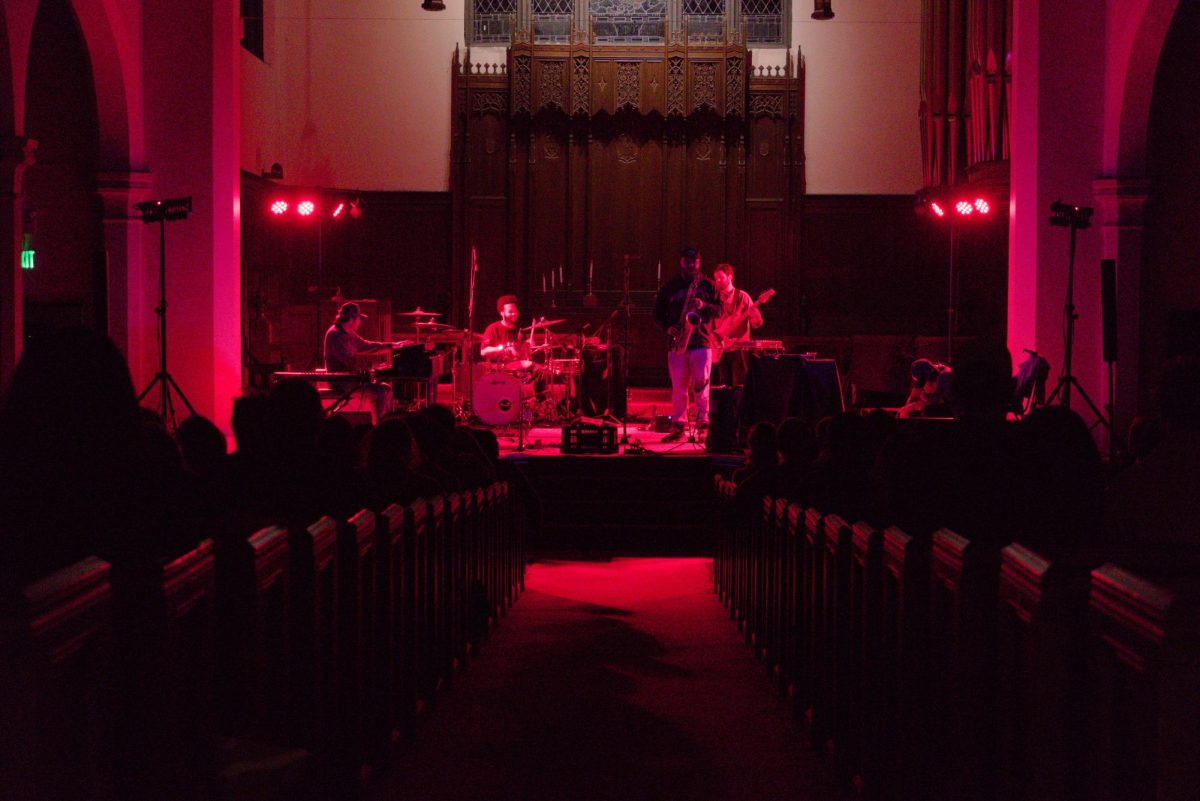Recently, two new gender-neutral bathrooms opened their doors in the Joe Rosenfield ’25 Center (JRC), ending a months-long postering campaign by the Trans Advocacy Group, which posted gender-neutral signs over the pre-existing gendered signs on the bathrooms opposite the Spencer Grill on a daily basis to promote accessibility of those spaces for trans students who may feel uncomfortable entering a gendered restroom.
It took a relatively long time to add gender-neutral bathrooms to the JRC because the International Plumbing Code and Grinnell city codes dictate that public buildings require a certain number of fixtures for both men and women, based on building occupancy.
“The Plumbing code hasn’t caught up with what we want to do and what our best practice is,” said Bailey Asberry, Grinnell’s Title IX coordinator.
Due to these plumbing regulations, which are more strictly upheld in public buildings than in residence halls, when the College wants to add gender-neutral bathrooms to a building they are forced to build entirely new bathroom fixtures. That is also why the gender-neutral bathrooms in the new Humanities and Social Studies Complex are single-stall; gender-neutral bathrooms do not add to mandated fixture counts. However, the College administration decided to prioritize building gender-neutral bathrooms in the spring of 2018, when a group of students began advocating for them.
“We had a group of students that just wanted to make sure that more spaces were available so that they didn’t have to decide,” Asberry said. “No one wants to walk into a bathroom and have other people think well, you don’t belong here.”
Administrators, students and members of Facilities Management decided that the JRC would be its first building to build new gender-neutral bathrooms in, due to high traffic in the building. The process of building a new bathroom in a public building involves adhering to numerous additional regulations, which slowed the installation of the JRC bathrooms.
In an email to The S&B, Director of Facilities Management Rick Whitney wrote, “The biggest challenge in creating the new restrooms in the JRC was maintaining accessibility requirements, which was very important for us to preserve as a campus dedicated to access and inclusion.”
Now that the JRC gender-neutral bathrooms are open for use, Whitney is looking at ways to introduce gender-neutral bathrooms to Noyce, another high-traffic building with no allocated gender-neutral bathrooms at present.
Leo Barr ’22, who takes classes in Noyce and prefers not to use gendered bathrooms, said, “I just had to leave Noyce to use the bathroom because there are no gender-neutral bathrooms in Noyce and it’s impeding my learning. … Literally, that’s so frustrating, I’m just afraid to use all bathrooms all the time and I feel like it’s an important accessibility thing. You know, it would increase my comfort and the amount of time that I was able to stay in Noyce. … It’s just weird to be in a building where there are no bathrooms that you’re able to use.”
Unfortunately, building gender-neutral bathrooms in Noyce may be difficult, but Whitney is up to the challenge.
Whitney wrote, “While the JRC presented a few challenges, we were fortunate that the previous layout made it possible for these changes to occur in the JRC. In Noyce, we are not as fortunate due to different layouts, plumbing placement, fixture count requirements and construction techniques utilized at the time of construction. While we continue to research options, the most feasible restroom conversion to provide a gender-neutral option may be on the [third] floor, given that we are not finding a viable solution for [first] or [second] floor, which would be more ideal.”
There will likely not be gender-neutral bathrooms in Noyce within this academic year, but Whitney wrote that he plans to make a budget request for gender-neutral bathrooms in Noyce as early as July of 2020.
“In the meantime, FM will continue with feasibility and design work, with that goal in mind,” he added.
Joseph Fitzpatrick ’21, who surveyed Noyce bathroom accessibility for a disability studies class at the College, hopes that accessibility of Grinnell bathrooms for transgender students will eventually be on par with some of Grinnell’s peer institutions.
“At Vassar or Northwestern, they have maps that show where gender-neutral bathrooms are located, and Vassar even has a whole section of their website that explains why gender-neutral bathrooms are important. That really shows that those schools care about inclusivity for trans students,” Fitzpatrick said.
Given these developments, Grinnell is prioritizing restroom accessibility, and more gender-neutral bathrooms will be available on its campus as soon as possible.


